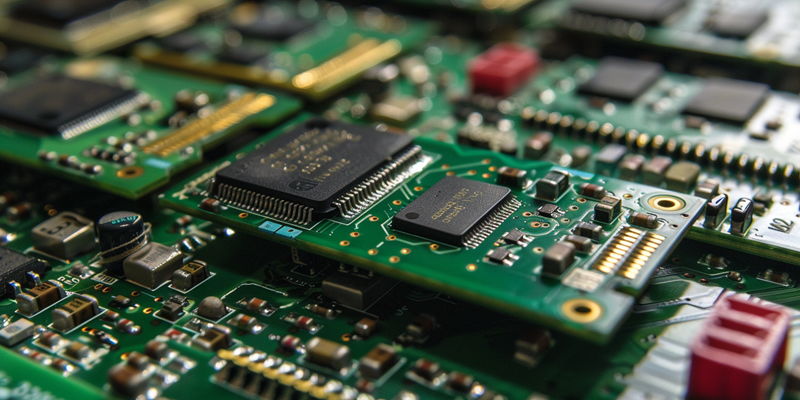In the first quarter of 2024, Semiconductor Manufacturing International Corporation (SMIC) has boldly secured its stance as the world’s third-largest contract chip manufacturer. The China-based SMIC has accomplished a significant feat by acquiring a 6% share of the global market, now standing alongside the likes of GlobalFoundries. As per the report by Counterpoint Research, SMIC has not merely outranked Taiwan’s UMC, but has done so under the weight of formidable U.S. sanctions that have limited its access to the most advanced technologies.
SMIC’s audacious push in a complex milieu has been powered by Chinese government subsidies, which have enabled substantial investments into the company’s capabilities. Notably, despite stringent trade barriers, SMIC has made impressive inroads by developing a processor outfitted with 5nm transistors. Such advances defy the global expectations shaped by the extensive restrictions placed upon them and demonstrate a tenacity in the face of international challenges.
Market Dynamics and Challenges
The titan of chip production, Taiwan Semiconductor Manufacturing Company (TSMC), firmly stands atop the industry mountain with a commanding 62% stake. Samsung Foundry trails with a 13% share. However, amidst market fluctuations harming consumer tech and smartphone sales—affecting peers like UMC and GlobalFoundries—SMIC is witnessing a rise. Even as sanctions attempt to stymie its progress, state support boosts SMIC, positioning it as a force in legacy node production. SMIC’s growth mirrors China’s burgeoning clout in semiconductors, impacting a swath of industries from mobile tech to IoT. This expansion not only alters the competitive field but highlights how trade restrictions can paradoxically spell advantage for firms like SMIC, turning constraints into market prowess.
As the semiconductor sector ebbs and flows, a striking picture emerges: a stirring mix of innovation, tenacity, and the evolving power of international trade dynamics. Such developments underscore the multifaceted effects of geopolitical maneuvers on this high-stakes tech chessboard.

